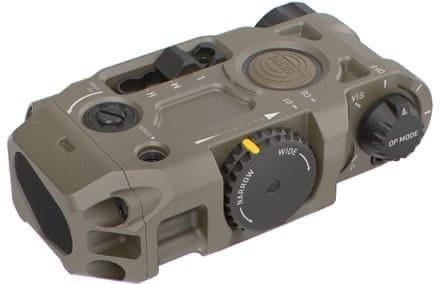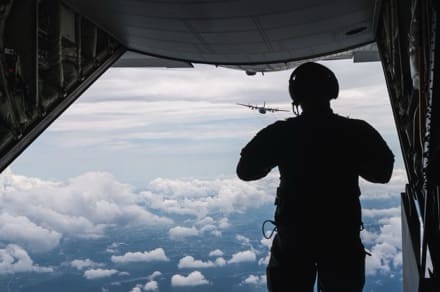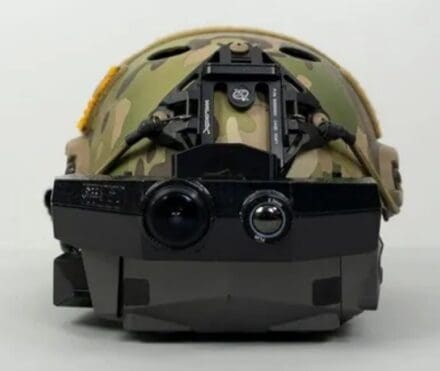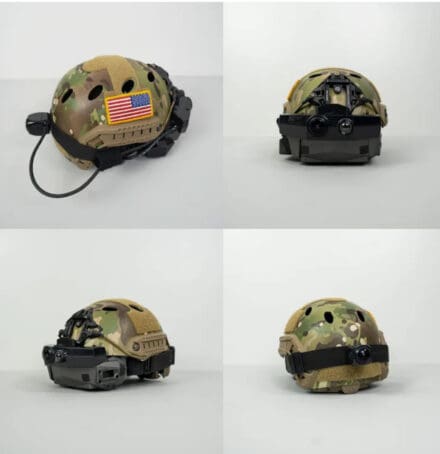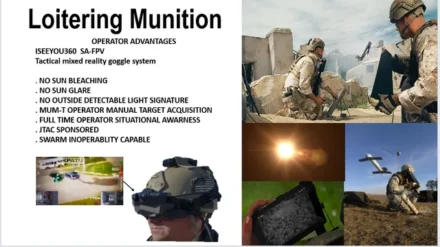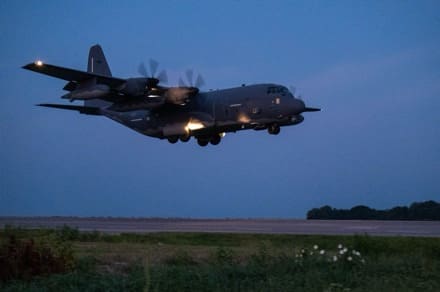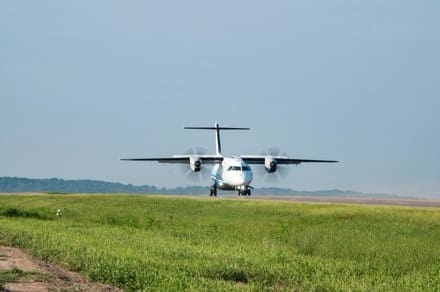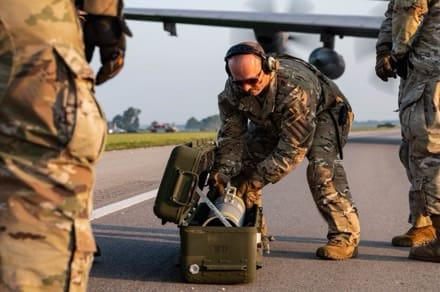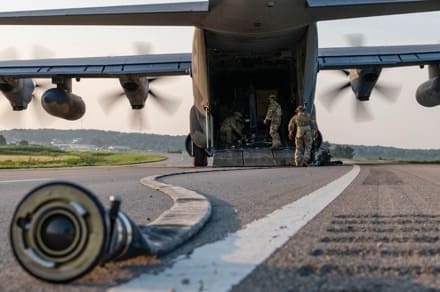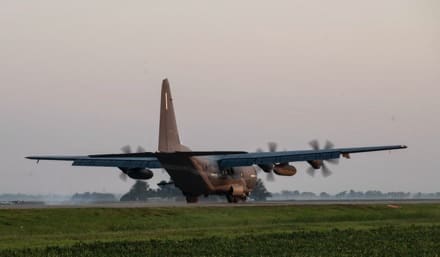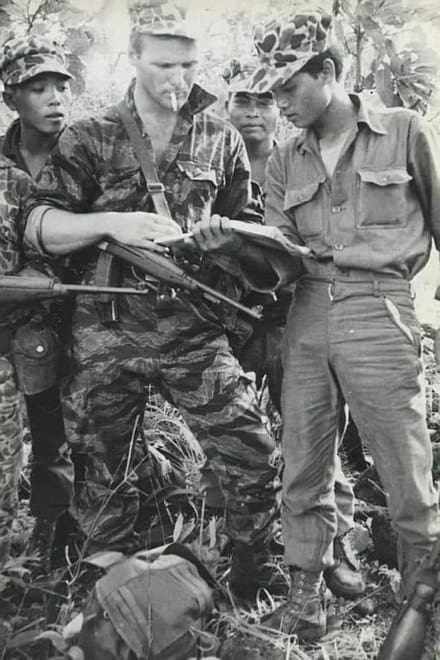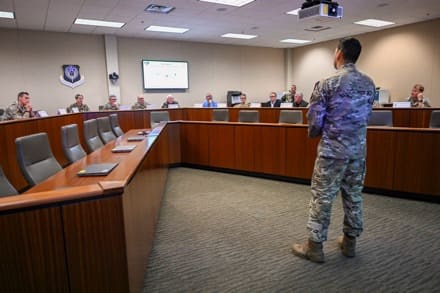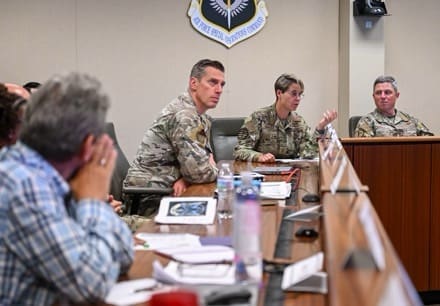August 14, 2024 (Redmond, WA) – B.E. Meyers & Co., Inc., a Defense Technology Manufacturer specializing in advanced photonic solutions for military, law enforcement, consumer, and aerospace applications worldwide, is honored to have been awarded the Squad Aiming Laser – Ultra High Power (SAL-UHP) program by US Special Operations Command (USSOCOM), as part of the Miniature Aiming Systems – Laser (MAS-L) contract (H9240324D0009).
This indefinite-delivery / indefinite-quantity (IDIQ) contract is being awarded with a maximum total ceiling of $49,900,000 and a $500,000 minimum ordering guarantee in support of U.S. Special Operations Command (USSOCOM). This contract will have an ordering period of five years. FY2024 procurement funds in the amount of $11,000,110 are being obligated at time of award on the first delivery order. USSOCOM, MacDill Air Force Base, Florida, is the contracting activity.
The SAL-UHP is a variant of the B.E. Meyers & Co. DAGIR™ Multi-Platform Advanced Laser System, and is based on a revolutionary new Vertical-Cavity, Surface Emitting Laser (VCSEL) core which enhances the widest range of platforms duringadvanced night operations. The SAL-UHP contract kit configuration includes proven system accessories such as remote activation components from UNITY™ Tactical, as well as modular storage pouches from Spiritus Systems™.
“We are honored to be able to support the USSOCOM community on the SAL-UHP program, and to provide a true technological advantage to those operators who depend on them” said Matthew Meyers, CEO and second-generation owner of B.E. Meyers & Co.“By working closely with the customer over the last several years, our applied sciences and development teams have kept the needs of the end-user at the forefront of their efforts every step of the way, ensuring that their needs were met. We are grateful for the opportunity to deliver these key solutions”.
This contract includes additional funding through the “Acceleratethe Procurement and Fielding of Innovative Technologies” (APFIT) program via the Office of the Under Secretary of Defense for Research & Engineering (OUSD-R&E) specific to acceleratedproduction process and capability development in support of USSOCOM on this program.
The SAL-UHP as part of the DAGIR™ laser series joins a variety of other B.E. Meyers & Co. trusted product lines including the IZLID®, MAWL®, MILR®, KIJI®, GLARE®, DIAL®, BOARS® series of defense systems products, as well as an established line of optoelectronic components for unmanned aerial vehicles and other integrated sensor systems.
For sales information on SAL-UHP, DAGIR™, and other innovative laser solutions from B.E. Meyers & Co., please visit bemeyers.com or connect with us at info@bemeyers.com.


